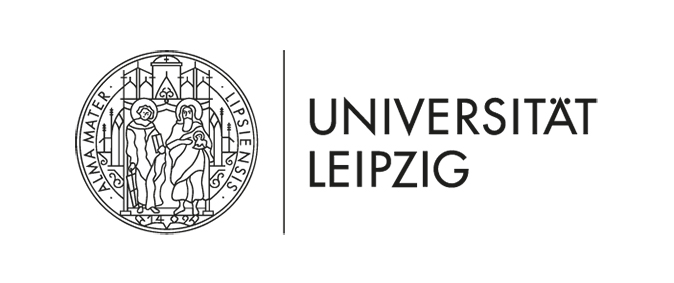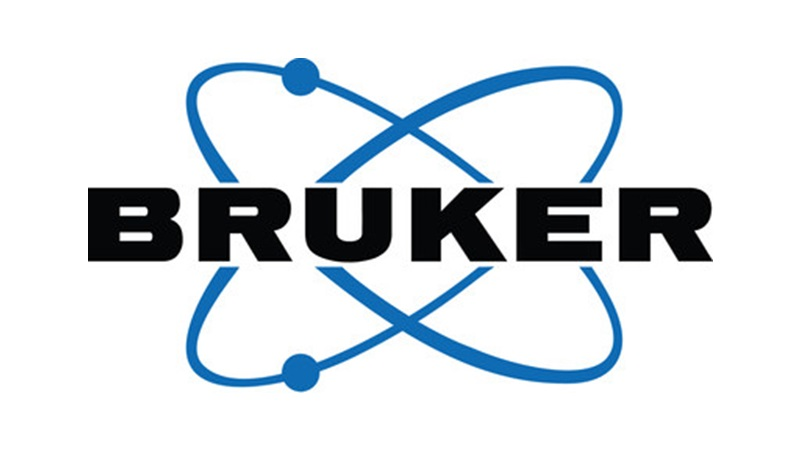|
14th Annual Symposium Physics of Cancer Leipzig, Germany Oct. 4 - 6, 2023 |
PoC - Physics of Cancer - Annual Symposium |
|
|
Invited Talk
Cancer cell migration through confined spaces: mechanisms and consequences
Cornell University, Meinig School of Biomedical Engineering, Weill Hall, Ithaca, NY 14853, USA
Contact: | Website
Cancer cell migration and invasion is a crucial early step in metastatic progression, i.e., the spreading of cancer cells from the primary tumor to distant organs. In the process, cells must navigate through confined 3-D spaces within the extracellular matrix fibers and layers of endothelial cells as small as 1 to 2 µm in diameter. Although it is now well recognized that such confined migration is limited by the nucleus, which is the largest and stiffest organelle, it remains incompletely understood how cells apply sufficient force to move their nucleus through small constrictions, and what functional consequences nuclear deformation incurs. We identified a novel mechanism by which contraction of the cell rear cortex pushes the nucleus forward to mediate nuclear transit through constrictions. Laser ablation of the rear cortex reveals that pushing forces behind the nucleus are the result of increased intracellular pressure in the rear compartment of the cell. The pushing forces behind the nucleus depend on accumulation of actomyosin in the rear cortex and require Rho-kinase (ROCK) activity. Collectively, our results suggest a novel mechanism by which cells generate elevated, intracellular pressure in the posterior compartment to facilitate nuclear transit through 3D constrictions. This mechanism may supplement or even substitute for other mechanisms supporting nuclear transit, ensuring robust cell migrations in confined 3D environments. At the same time, we found that nuclear deformation occurring during confined migration can induce nuclear damage and changes in nuclear organization. We previously reported that confined migration can induce nuclear envelope rupture and DNA damage (Denais et al. Science 2016; Shah et al. Current Biology 2021). Furthermore, we recently found that confined migration induces heterochromatin formation, mediated in part by the histone deacetylase HDAC3 and histone methyltransferases (Hsia et al. iScience 2022). Following up on these findings, we found that confined migration results in increased HDAC3 activity, and that mechanosensitive ion channels contribute to the confined migration increased heterochromatin formation. Intriguingly, preventing heterochromatin formation by inhibiting histone methyltransferases results in increased confined migration efficiency. These findings are an important first step to understanding how confined migration influences chromatin modifications and may provide insights into future therapies for invasive cancers.
|









